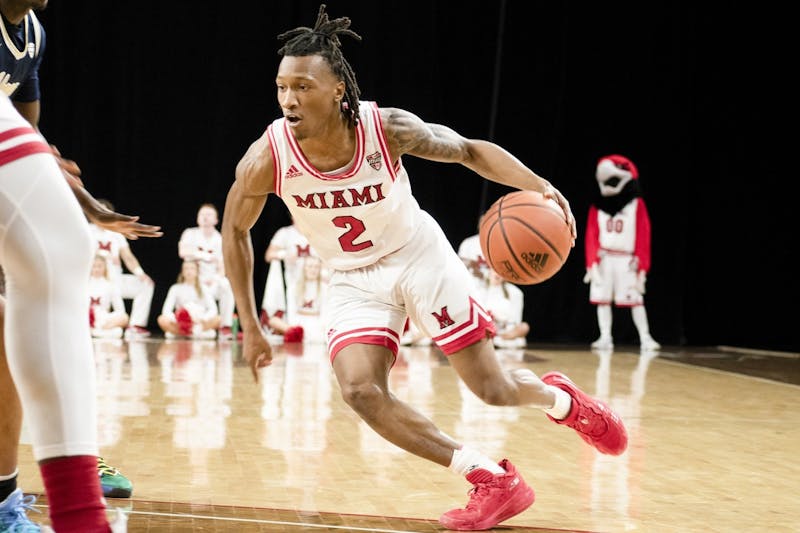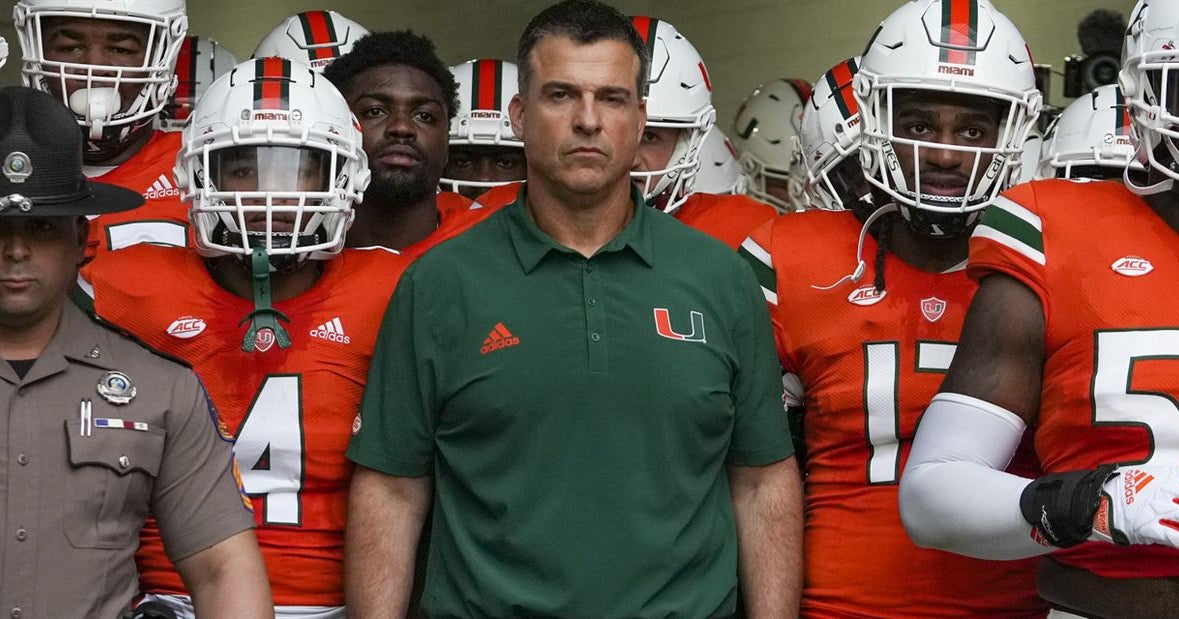County putting seagliders into water transit mix
Advertisement

Water transit plans for Miami-Dade County are flowing forward on several fronts.
The Transportation Planning Organization last week authorized its executive director to prepare for another study examining a waterborne transportation network, while the organization’s vice chairman is asking the county to focus in part on including a new technology, seagliders, in any water transit planning.
Hopes for a Miami-Dade boat network for commuter traffic to beat roadway congestion have long existed. The Transportation Planning Organization now has unanimously requested its executive director to see what services are needed and set a cost to study the feasibility of that waterborne network.
The request is by Mayor Alix Desulme of North Miami, who noted that the study “will build upon previous efforts, which evaluated and identified the type of characteristics necessary for the implementation of a waterborne transportation network in Miami-Dade County.”
Before the organization voted unanimously to move toward that study, member Eileen Higgins, a Miami-Dade commissioner, cautioned briefly that concerns for manatees in Biscayne Bay and Department of Environmental Resources Management requirements need to considered in the study.
County Commissioner Raquel Regalado noted that the issue has been studied over and over and suggested a sunshine meeting to brief authority members on the history, findings and concerns.
In 2016, Miami-Dade began considering a water transit fleet to lessen road gridlock. That probe extended from transit via the water with a fixed schedule to water taxis. Even the term “water bus” was being used as the county examined all aspects of water transportation, from the size of vessels to fares to projected ridership. That study, in turn, was based on an earlier one from 2003.
As the planning organization is looking at what has been reviewed before, Miami-Dade County Commission Chairman Oliver Gilbert III this week was asking commissioners to look forward at new maritime mobility options such as seagliders, which now are in developmental stages by multiple companies seeking to create a new industry.
One company, Viceroy, is developing a 12-passenger electric vehicle “that operates exclusively over water, traversing the sea in one of three modes: hull, hydrofoil, or flight in ground effect” with a 160-mile nautical mile range using existing battery technology. The company says “full-scale prototypes will begin human flight trials by 2024” and enter service by 2025.
Rhode Island-based startup Regent recently unveiled a full-scale mockup of its seaglider prototype as a new category of maritime vehicle that combines the high speed of an airplane with the low operating cost of a boat and would be regulated in the maritime category.
Mr. Gilbert’s resolution, if passed, would direct Mayor Daniella Levine Cava to create a working group to study the feasibility of multi-modal transit options along the county’s coastline considering the new seaglider technology, provide the working group staff and support services, analyze feasible terminal sites, recommend feasible days and hours of operation, and pinpointed regulatory or legislative change needed to make it happen.
The mayor would be given six months for the study and then be asked to report back to commissioners.
Mr. Gilbert’s resolution calls for the working group that the mayor sets up to include representatives from the seaport, the Transportation Planning Organization, the county’s Transportation and Public Works Department, the airport, the transportation safety industry, mobility operators, utility companies and others “focused on the success of the maritime mobility industry.”


